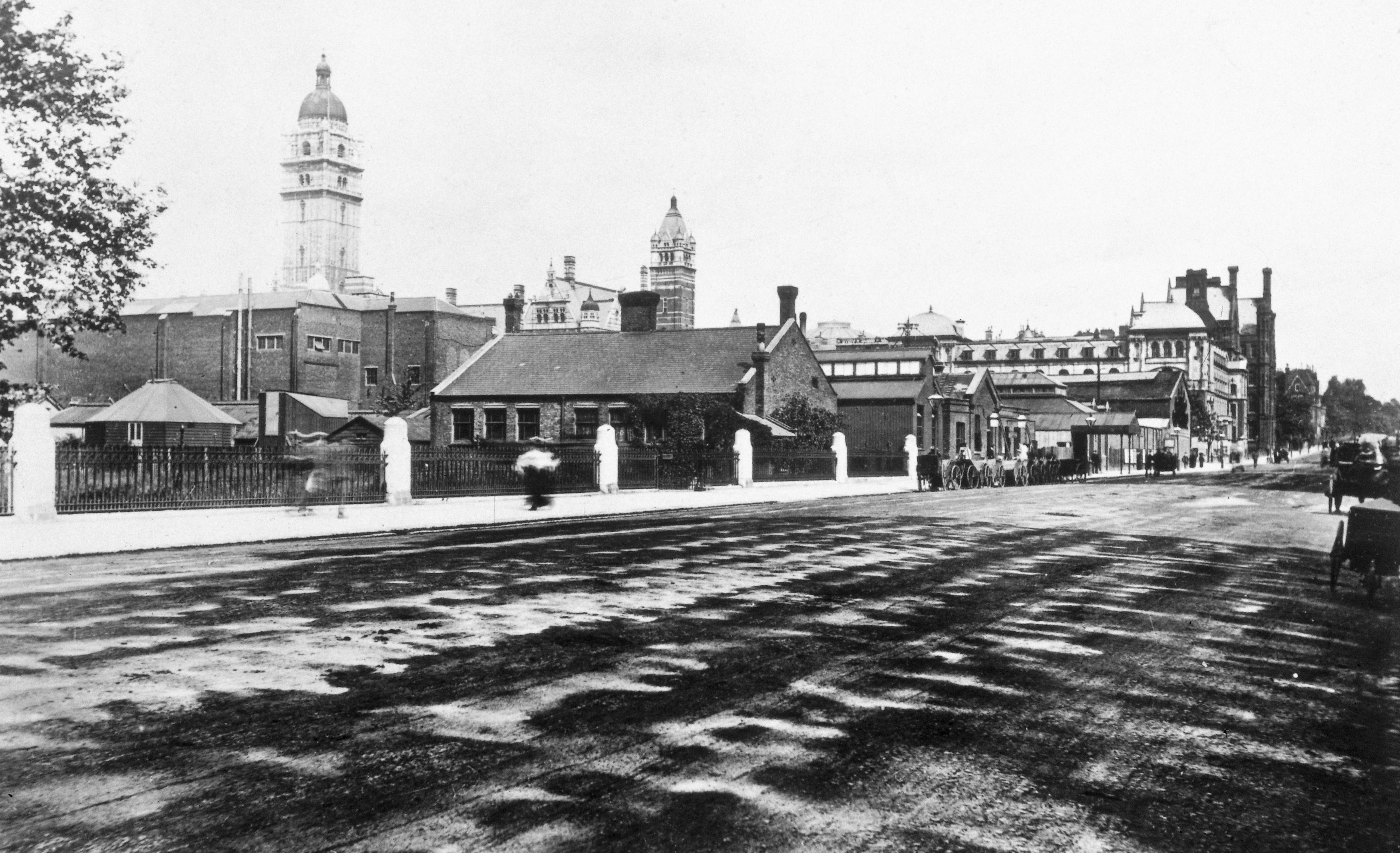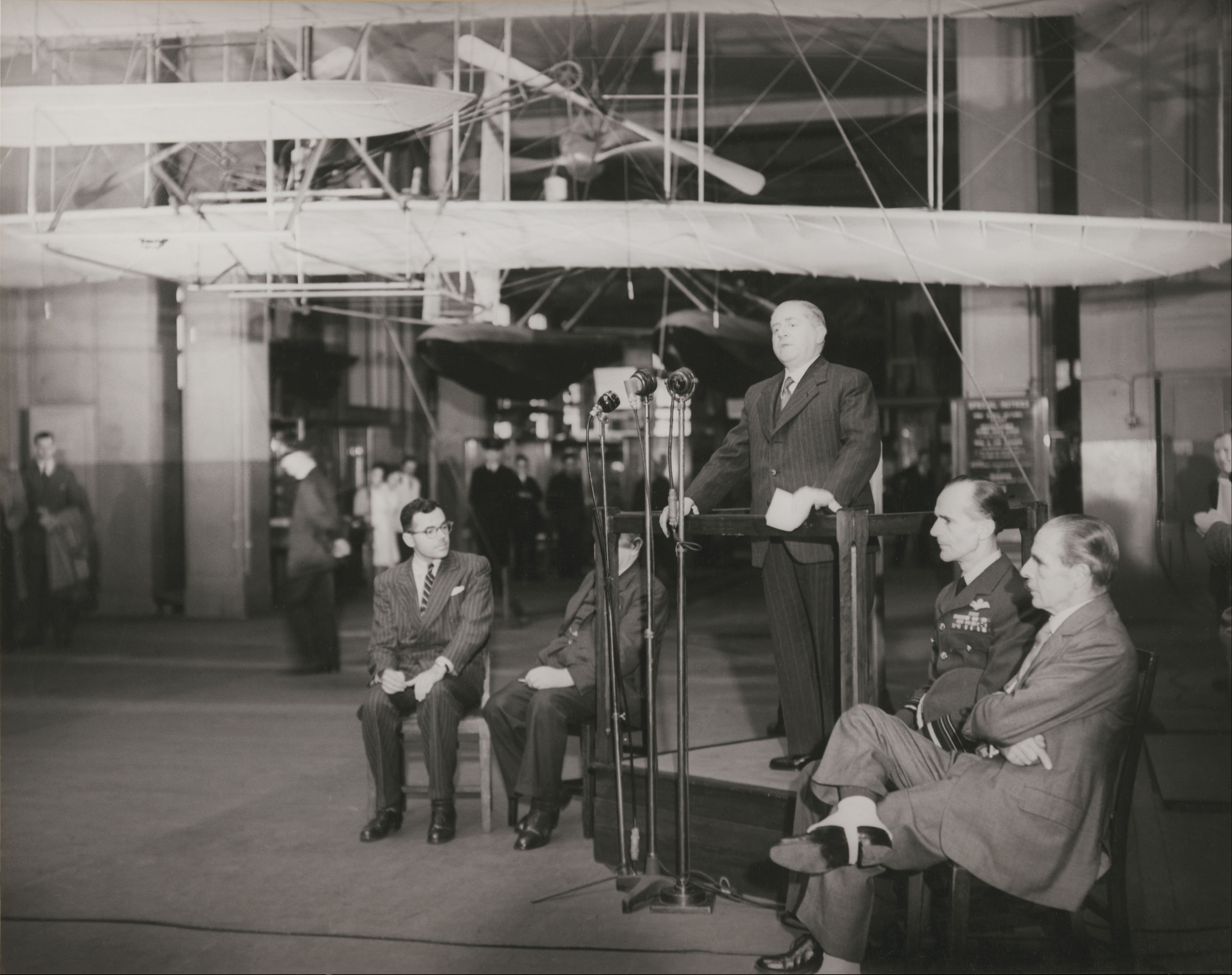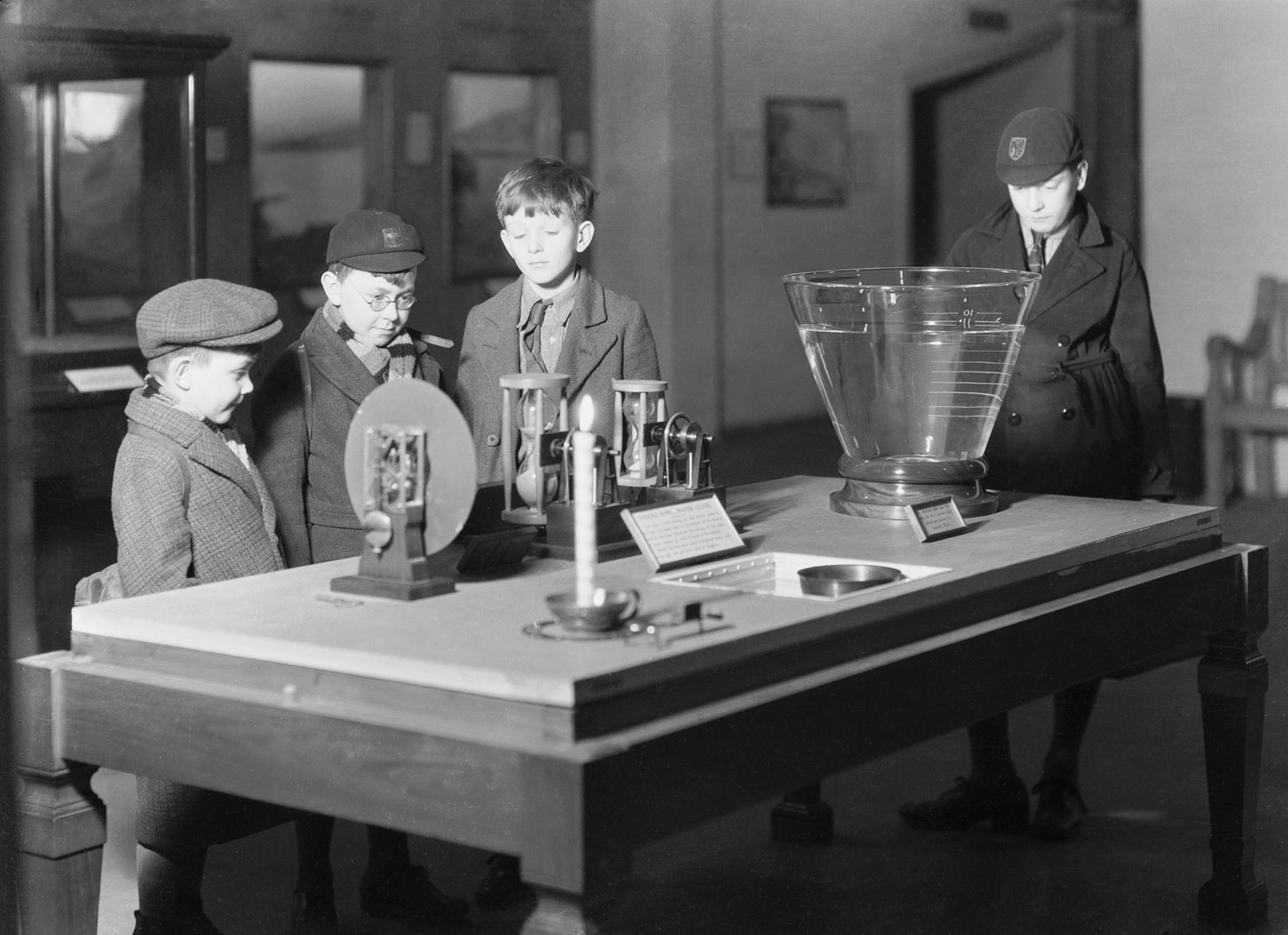Curator Peter Morris shares nine unusual facts about the Science Museum to celebrate our 105th birthday today (26 June 1909).
1. The Science Museum was officially established on 26 June 1909 thanks, in part, to the work of Sir Robert Morant, a Civil Servant who also laid the foundations for the NHS and the Medical Research Council. Both the Science Museum and the Victoria and Albert Museum (our neighbours) were originally known as the South Kensington Museum, which opened in 1858.

2. The Wright flyer, the world’s first heavier than air aircraft to fly, was originally displayed at the Science Museum. Orville Wright refused to donate the aircraft to the Smithsonian museum, instead loaning it to the Science Museum in 1928. The Science Museum had a replica of the aircraft built (on display in the Flight gallery) before returning the original to the Smithsonian in 1948.

3. Some scenes in the Ipcress File, the thriller starring a young Michael Caine, were filmed in the old Science Museum Library in 1964.
4. Stephenson’s Rocket, one of the most famous steam locomotives in the world, was stored at Brocket Hall in Hertfordshire during World War II. Brocket Hall is often used for filming, most notably the BBC TV version of “Pride and Prejudice” starring Colin Firth.

5. For three decades, between the 1930s and the 1960s, the Science Museum planned to put a planetarium on the top floor of the museum. The plans were dropped after Madame Tussauds opened the London Planetarium in 1958.
6. The Science Museum has held temporary exhibitions on typewriters, noise abatement, razors and Dr Who. Current temporary exhibitions feature everything from 3D Printing to Psychology, a giant 27ft horn loudspeaker and an exhibition about rubbish.
7. The Science Museum shared its premises with the Imperial War Museum between 1924 and 1935.
8. An automatic door, originally part of a temporary exhibition on photoelectric cells in 1933, is still on display today in the Secret Life of the Home gallery. It works on by breaking a beam of light shining on a photoelectric cell, and not via a pressure pad which opens most supermarket doors today.
9. The first ‘Children’s Gallery’ in the Museum opened in December 1931. It aimed to stimulate the curiosity of children, and included a large number of working models. The Science Museum’s Launchpad and Pattern Pod interactive galleries still have the same aim today.

All these facts and more can be found in Science for the Nation, a book about the Science Museum’s history which is available in the Museum Shop.
2 comments on “Nine Things You Didn’t Know About The Science Museum”
Comments are closed.
Lovely article, but requires a small edit: shop doors haven’t been operated by pressure pads for many years. These days they rely on Doppler radar to detect something moving towards them. You can usually see the sensor above the doors.
Hi Roger, we’re glad you enjoyed the article and thanks for your comment.